Product images

Ssembly diagram of the Gantry Nine-Axis Workstation

Parameters of the Gantry Nine-Axis Workstation
| subitem | unit | content |
| applicable scenarios | / | Mainly used for bridge structure plate units, H-beams, and other assembly components such as transportation rails |
| equipment specifications | m | 24*7.5*4.8 |
| total power | KW | 37 |
| Maximum working range | m | 24*5*1.5 |
| average welding efficiency | m/day | 160~220(The structural types are different) |
Performance of the Gantry Dual-Machine Nine-Axis Workstation
| Application processes | Cutting, marking, welding |
| Environmental protection equipment | optional equipment |
| Work Coordinate System | PCS1、PCS2、PCS3 |
| Working range | 24000*5000*1500 |
| Working hours | 7*20H |
| Welding Process Package | CO2/80% CO2+20%AR solid core carbon steel, CO2flux-cored carbon steel DC and pulse welding |
| Welding Material Type | spool packaging、drum packaging |
| applicable scenarios | Welding of large enclosures, H-beams, columns, bridge plates, large bulkheads, and other structural components |
| Motion mode | Nine-axis linkage |
| Auxiliary Axis | Optional Ground Track and Gantry |
Workflow of the Gantry Dual-Machine Nine-Axis Workstation
1)Manually or via conveyor chain, transport the components to be welded to the workstation frame, positioning them near point P;
2)(Simultaneously or in advance) Operators rotate the model consistently and create nodes based on the component number and placement;
3)If the placement deviation is too large, use a camera to identify the component's positioning point P. If the placement is close enough, operators directly load the model and initiate scanning;
4)After scanning is complete, the system initiates welding;
5)Once the welding of the entire component is completed, transport the component to the subsequent workstation. If there is no component model, the equipment can be operated for welding using visual interaction. After placing the component on the workstation, operators take photos of the welding areas using a camera, match the process, and initiate scanning for welding. Compared to model-driven operations, this method increases the relative workload for operators

Applicable Component Display (Partial)














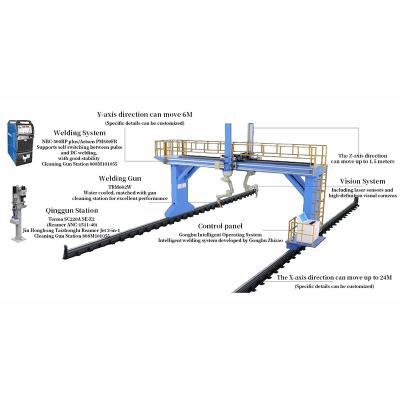
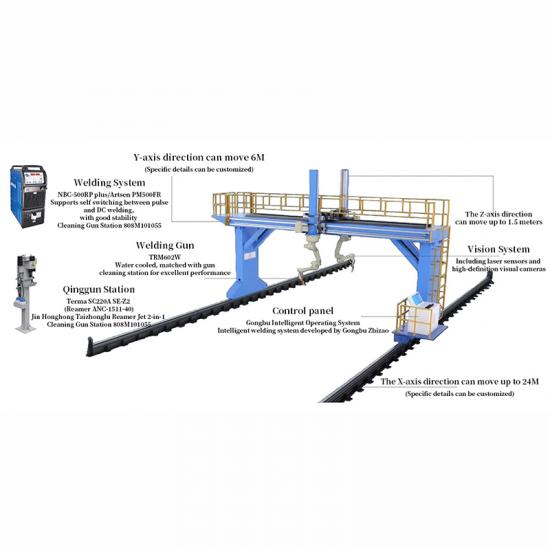
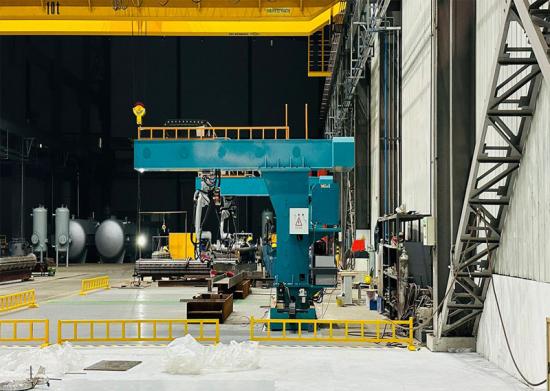
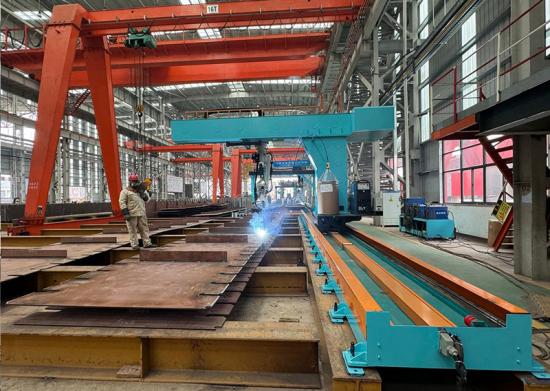
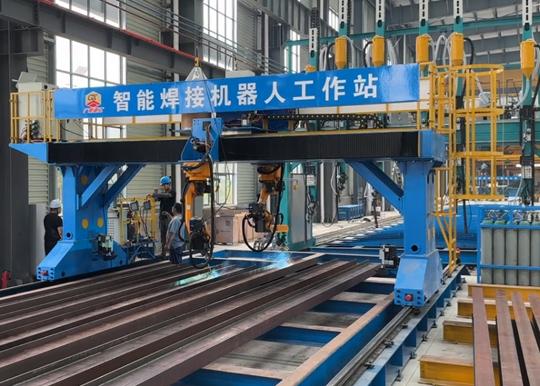
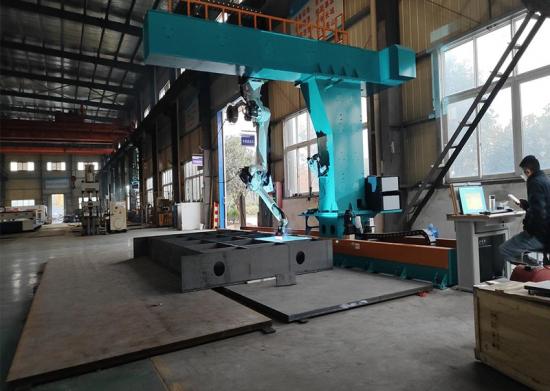
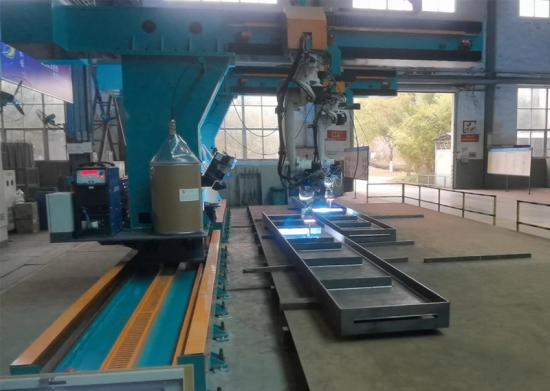
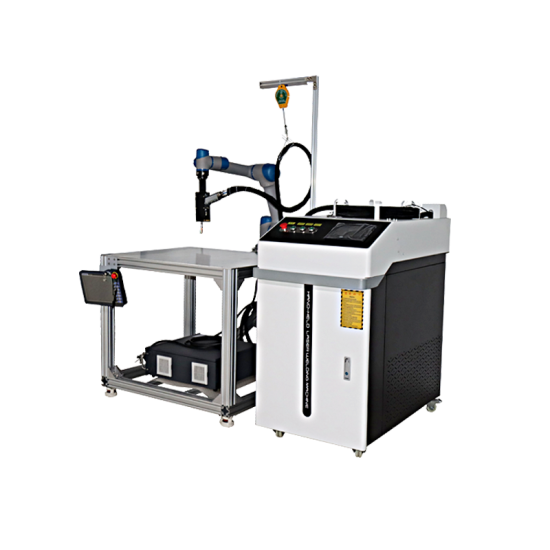
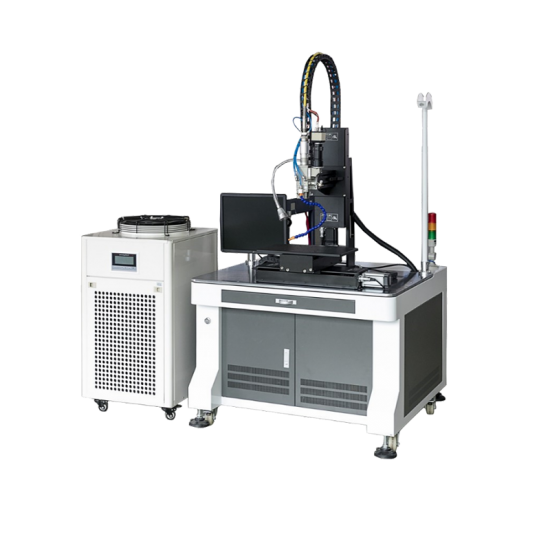
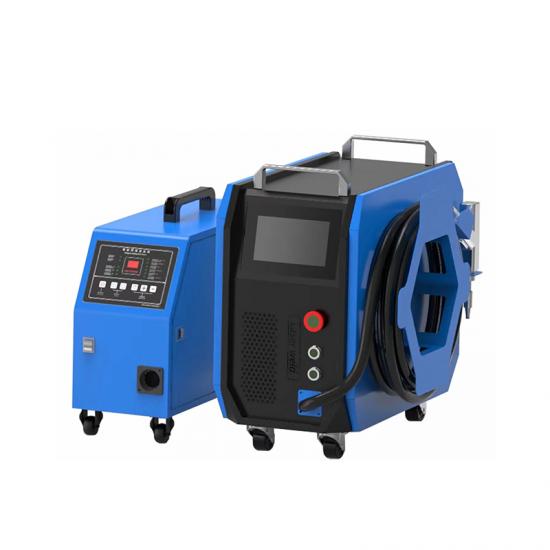
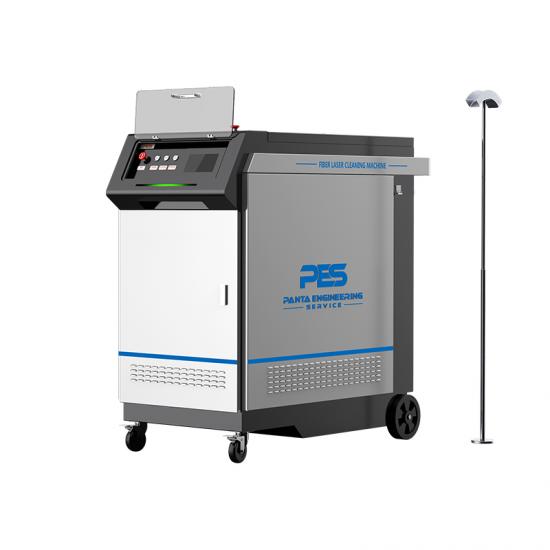
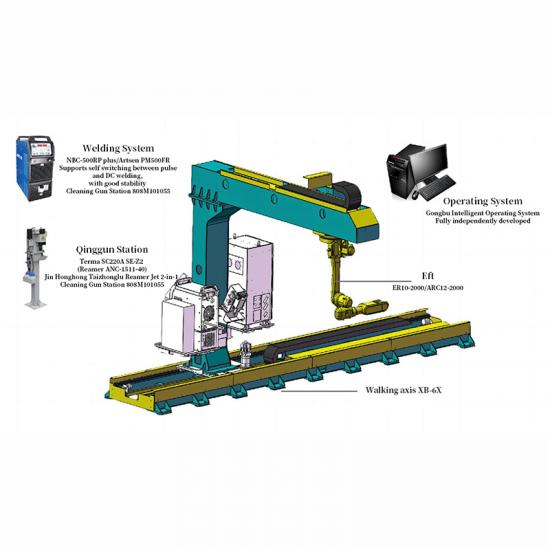
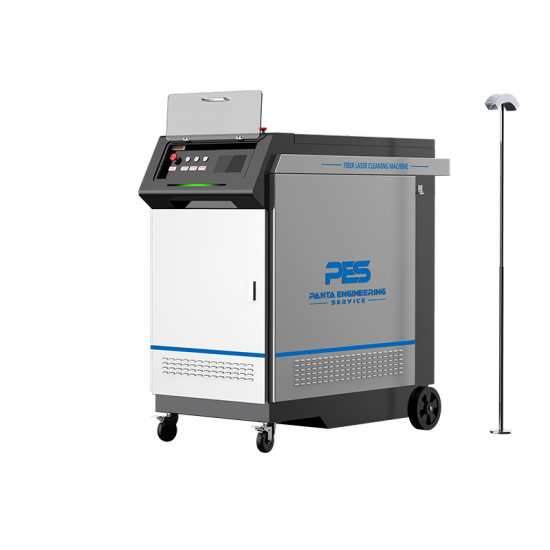
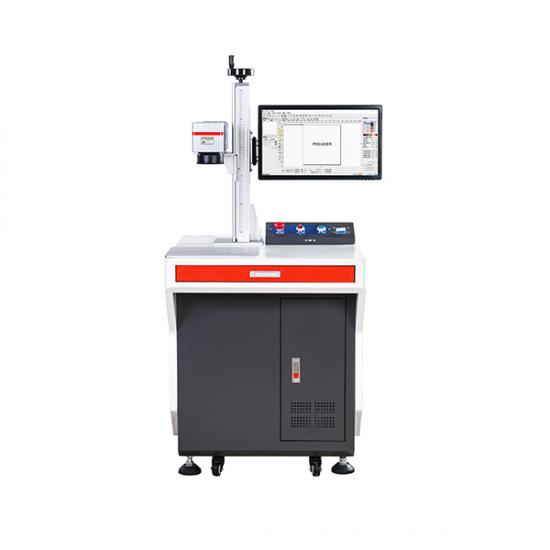
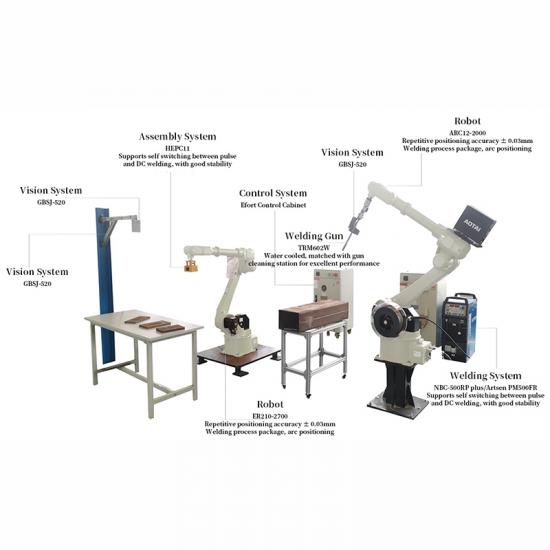






 IPv6 network supported
IPv6 network supported 